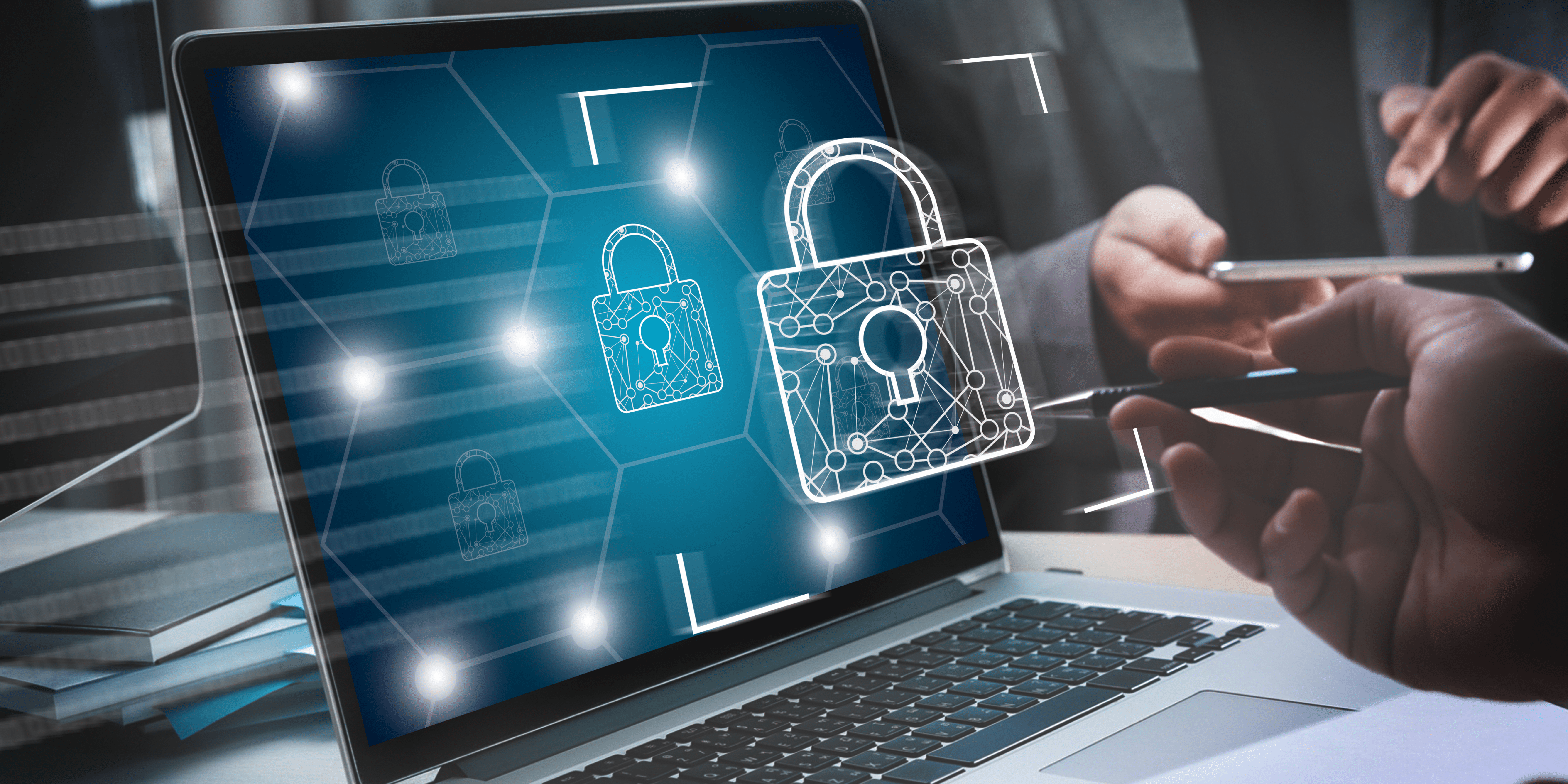
Future-Proofing Data: 7 Next-Gen Security Strategies
- Technology
- November 8, 2023
- 1 Comment
- 22
In today’s digitally-driven world, data is at the heart of every successful business operation. With the increasing sophistication of cyber threats, protecting your data has never been more crucial. As technology evolves, so do the methods employed by cybercriminals. To fortify your defenses and stay ahead of potential security breaches, it’s essential to embrace next-generation security strategies. In this blog, we will explore seven cutting-edge security recommendations designed to safeguard your data and ensure the future resilience of your business.
1. Zero Trust Architecture: Trust No One, Verify Everything
Traditional security models that rely on perimeter defenses are no longer sufficient in the face of advanced cyber threats. Zero Trust Architecture (ZTA) is a next-generation security concept that operates on the principle of “never trust, always verify.” With ZTA, every user, device, and application, both inside and outside the corporate network, is treated as a potential threat. By implementing strict access controls, continuous authentication, and real-time monitoring, ZTA minimizes the attack surface and enhances overall security posture.
2. Artificial Intelligence and Machine Learning: Predictive Security Intelligence
Harnessing the power of Artificial Intelligence (AI) and Machine Learning (ML) is instrumental in proactively identifying and mitigating security threats. AI and ML algorithms analyze vast amounts of data, enabling the system to detect patterns, anomalies, and potential security breaches in real time. By employing predictive analytics, businesses can anticipate and prevent security incidents before they occur, ensuring a robust defense against evolving cyber threats.
3. Quantum-Safe Cryptography: Future-Proof Encryption
With the advent of quantum computing, traditional encryption methods face the risk of being deciphered by quantum algorithms, compromising data security. Quantum-Safe Cryptography, also known as post-quantum cryptography, is a next-generation encryption technique specifically designed to withstand attacks from quantum computers. By transitioning to quantum-safe cryptographic algorithms, businesses can future-proof their data, ensuring that sensitive information remains secure even in the era of quantum computing.
4. Cloud Security Orchestration: Unified Protection in a Multi-Cloud Environment
As businesses increasingly adopt cloud services, ensuring consistent security across multiple cloud platforms is paramount. Cloud Security Orchestration streamlines security policies and controls across diverse cloud environments, providing unified protection and visibility. By centralizing security management and automating responses to security incidents, businesses can maintain robust security posture while leveraging the flexibility and scalability of cloud services.
5. IoT Security: Safeguarding the Internet of Things
The proliferation of Internet of Things (IoT) devices introduces new vulnerabilities, as each connected device represents a potential entry point for cyber threats. Implementing comprehensive IoT security protocols is crucial to safeguarding networks and data. This includes device authentication, encryption of data in transit and at rest, regular firmware updates, and continuous monitoring of IoT devices for signs of compromise. By securing the IoT ecosystem, businesses can prevent unauthorized access and protect sensitive information from exploitation.
6. User and Entity Behavior Analytics (UEBA): Contextual Threat Detection
User and Entity Behavior Analytics (UEBA) focuses on monitoring user and entity activities within an organization’s network to identify abnormal behavior patterns. By establishing baselines for normal user and entity activities, UEBA platforms can detect deviations indicative of potential security threats. These anomalies might include unauthorized access attempts, data exfiltration, or suspicious account activities. UEBA enhances threat detection capabilities by providing context around user behavior, enabling security teams to respond swiftly to security incidents.
7. DevSecOps: Integrating Security into the Development Lifecycle
DevSecOps represents a cultural shift in software development, integrating security practices seamlessly into the development process. By embedding security measures at every stage of the software development lifecycle, businesses can identify and address vulnerabilities early, reducing the risk of security breaches. DevSecOps promotes collaboration between development, operations, and security teams, ensuring that security is not an afterthought but an integral part of the development pipeline. Automated security testing, code analysis, and continuous monitoring enhance the overall security posture of applications and systems.
Conclusion: Embracing Next-Generation Security for a Resilient Future
In an era where data breaches are increasingly sophisticated and prevalent, adopting next-generation security measures is imperative. By implementing Zero Trust Architecture, leveraging Artificial Intelligence and Machine Learning, embracing Quantum-Safe Cryptography, orchestrating cloud security, securing the Internet of Things, utilizing User and Entity Behavior Analytics, and integrating security into the development lifecycle with DevSecOps, businesses can fortify their defenses against evolving cyber threats.
By staying ahead of the curve and investing in next-generation security technologies and practices, businesses can protect their data, maintain customer trust, and ensure the long-term success and resilience of their operations. As the digital landscape continues to evolve, the proactive adoption of advanced security strategies will be the key to navigating the complexities of the modern cybersecurity landscape.







1 Comments
[…] Also Read | Future-Proofing Data: 7 Next-Gen Security Strategies […]